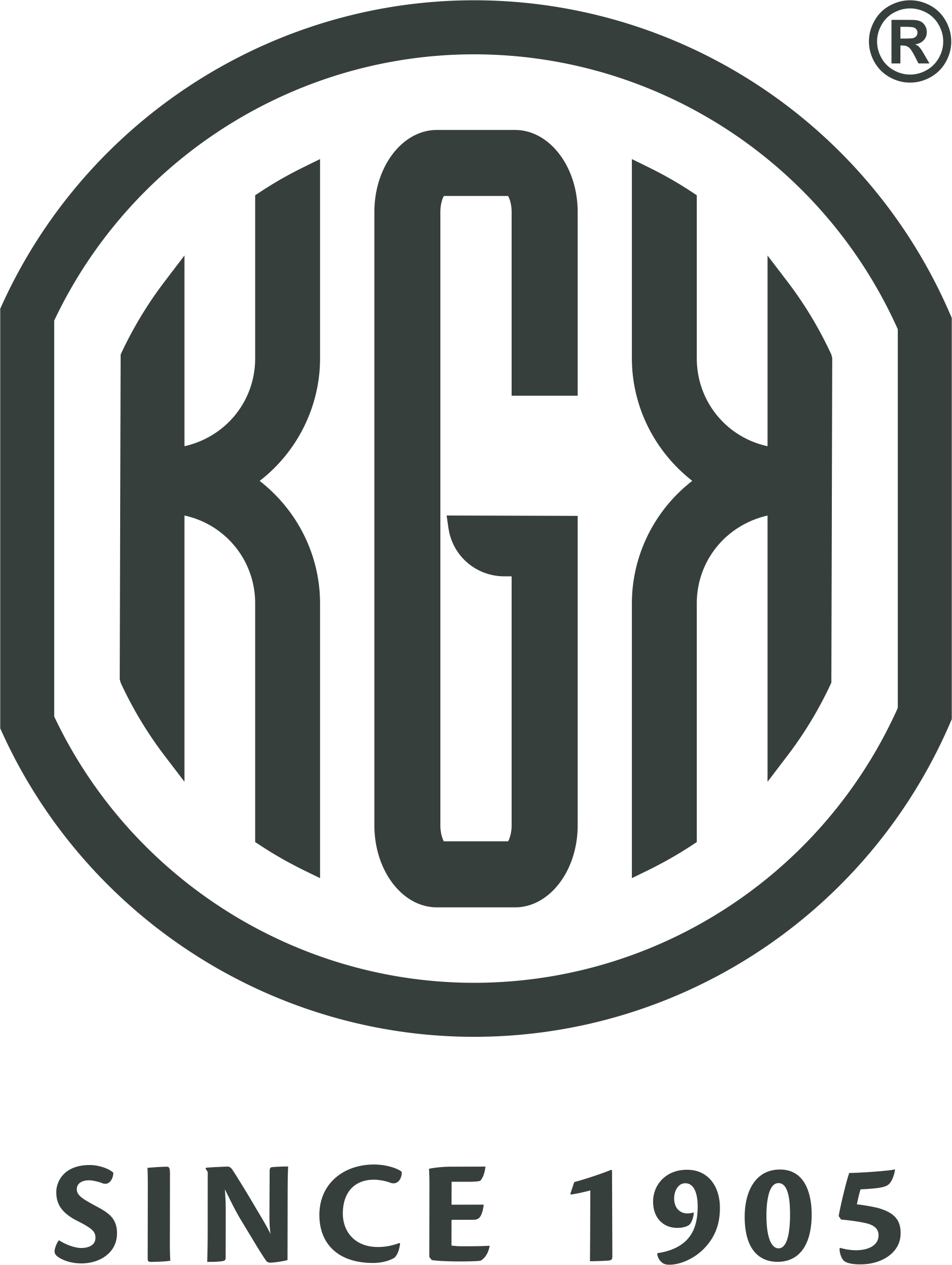The fascination of the world with gems and jewelry dates back to 5000 years ago. From the nobility in the west to the royalty in the east, gems have attracted everyone globally since their discovery. The gems and jewelry that were adorned by the royalty back then have become one of the biggest business opportunity generating sectors in the world in the last few decades.
Today, especially the gemstones, have become a statement of repute, love, success, and whatnot. It is that fashion accessory that entails substantial financial investment and generates value. These pieces are revered for their beauty and durability. However, these pieces, being rare and exceptional, demand a careful selection. However, people forgot to consider the durability dimension of the stone before investing in one:

The durability of a gemstone is a very misunderstood property, and people often associate it with hardness. However, it is much more than just h0ardness! Gem durability is a combination of three properties, i.e., hardness, toughness, and stability. These properties are a testimony to the longevity of a gem. So, in this blog, we shed light on these parameters, helping you to make an informed decision while shopping for fine jewelry.
Gemstone Hardness
It is the capacity of a gemstone that indicates its ability to resist superficial scratches and scuffs. The hardness of a gem depends on the bond that holds atoms together within its crystal structure.
It is measured by Moho scale, and the most important part of Moho scale is that it ranks gems on a relative scale. This means a gem at 8 is many times harder than a gem ranked at 7 on the hardness scale. Interestingly, since diamond has the highest hardness, only a diamond can scratch another diamond piece; similarly, topaz ranked 8 on the hardness scale can scratch topaz and anything lower on the scale.
Gemstone Toughness
Toughness relates to the ability of the gemstone to resist the development of fractures and cracks along its defined planes. This is the aspect that most people confuse with hardness; however, these two are entirely different parameters, and good toughness does not necessarily imply good hardness and vice versa.
The toughness of gemstones varies considerably; even a single gem, for instance, diamond toughness ranges between 5000 along with the cleavage plane and 8000. This means a diamond can break more easily in specific directions. Therefore, to keep gemstones from chipping, the vulnerable points are often protected with a bezel or v-shaped prongs.
Gemstone Stability
A factor that is crucial in determining and increasing shelf-life of a gemstone is its stability. It is that property of a gemstone that resists chemicals or physical deterioration. This means how well a gemstone can withstand exposure to light, humidity, temperature, and the chemical. For instance, a sudden temperature change can damage some gems such as iolite, kunzite, apatite, opal, and tanzanite. Whereas, other gemstones are unsusceptible by the humidity of their surroundings.
With that said, it is also a fact that no gemstone scores a perfect 10 on all the three parameters. Along with this, one should be aware of the gemstone treatment. For instance, Emeralds are often treated with resin to improve their clarity by minimizing fissures.
Ensure that you purchase gemstones that come with GIA report. Jewelry industry giants like KGK, a leading gemstone distributer in Hong Kong offers a wide range of authentic and high-quality gems. We, continually explore and innovate our gemstone manufacturing to provide the best in the industry. Visit the site to know more about our operations and offerings.









